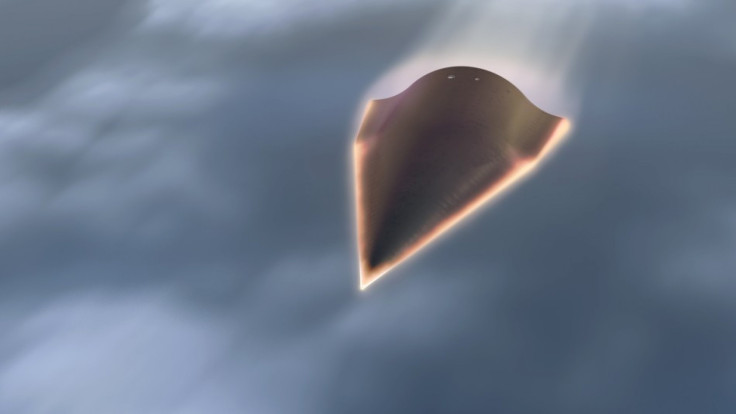Falcon HTV-2: Military to Launch Fastest-Ever Aircraft

Speedier perhaps than even Superman, the fastest plane ever built, the Falcon HTV-2, can get from London to Sydney in less than an hour, all the while withstanding temperatures of almost 2,000 degrees Celsius (3632 degrees Fahrenheit) -- hotter than the melting point of steel.
On Thursday, the U.S. Defense Advance Research Projects Agency, or DARPA, is set to launch the Falcon Hypersonic Technology Vehicle 2 on the back of a rocket from the Vandenberg Air Force Base in California.
The plan is to launch Falcon HTV-2 to the edge of space, before detaching the plane and guiding it on a hypersonic flight that will reach speeds of up to 13,000 miles per hour (roughly 20 times the speed of sound) before returning to Earth, the Daily Telegraph reported.
The experimental aircraft is fast enough to travel from New York to Los Angeles in just 12 minutes. By contrast, it would take a normal jet more than five hours to make that same trip.
The Falcon HTV-2 first began in 2003, as part of a U.S. military research project to create a plane that could reach any part of the world in less than an hour, and potentially deliver bombs in under the same amount of time.
Thursday's launch will be Falcon HTV-2's first test, so far only being tested in computer models and wind tunnels, which can only simulate speeds to Mach 15, or 11,400 miles per hour.
The flight will also test the carbon composite materials designed to withstand the extreme temperatures the plane will experience on its skin, in addition to the navigation systems that will control its trajectory as it moves at almost four miles per second.
"We need to increase our technical knowledge to support future hypersonic technology development. We gained valuable data from the first flight, made some adjustments based on the findings of an engineering review board to improve this second flight, and now we're ready to put all of that to the test," said Dave Neyland, director of DARPA's Tactical Technology Office.
Falcon HTV-2 is DARPA's second test flight after a few changes were made when the first attempt failed in April 2010, with that aircraft crashing into the Pacific Ocean just nine minutes after takeoff. The aircraft was never recovered. A design flaw was suspected by engineers as the cause of the malfunction.
[MUST READ] Falcon HTV-2: Fastest-Ever Plane Makes Fast Fall over Pacific Ocean
© Copyright IBTimes 2024. All rights reserved.











